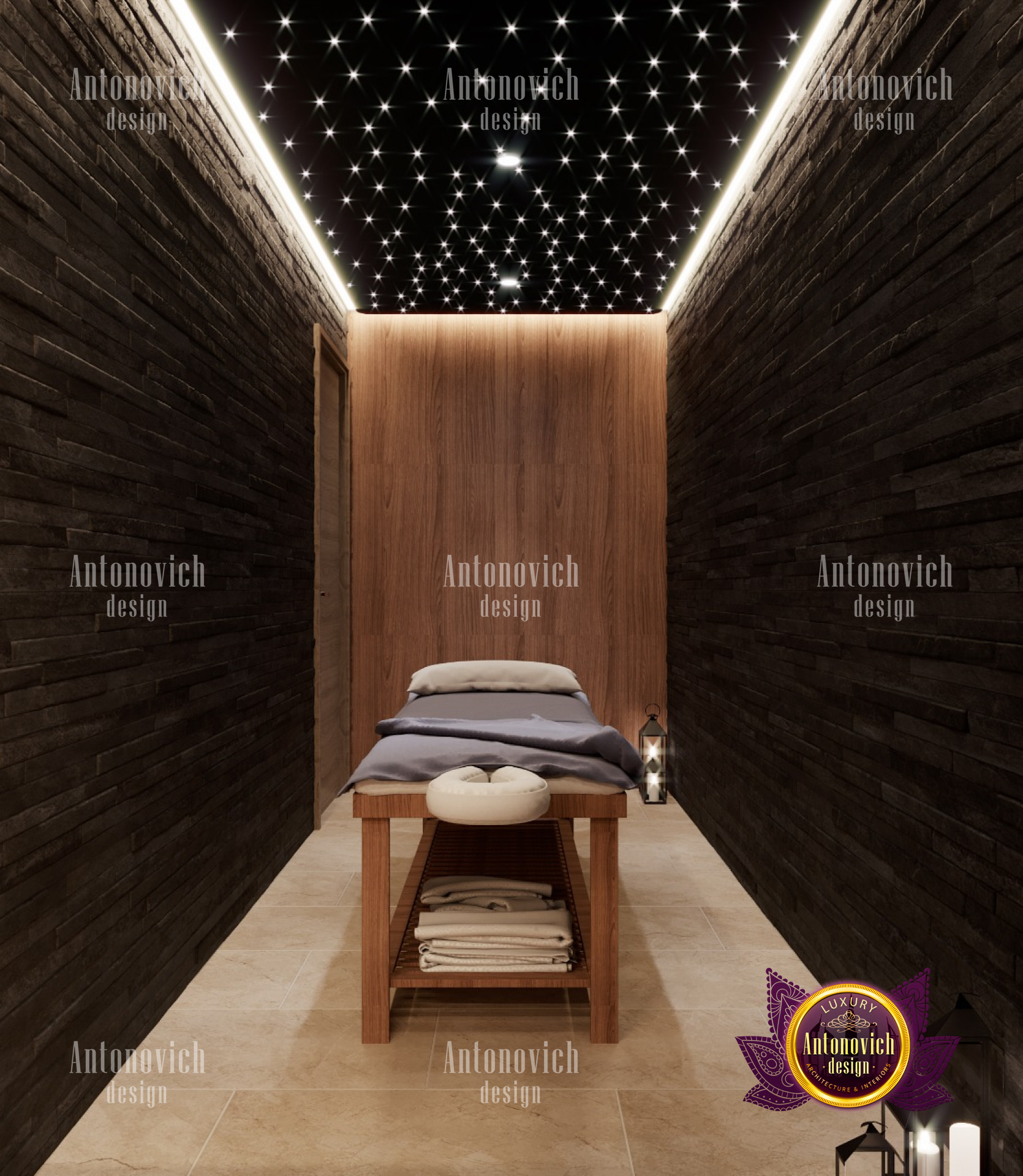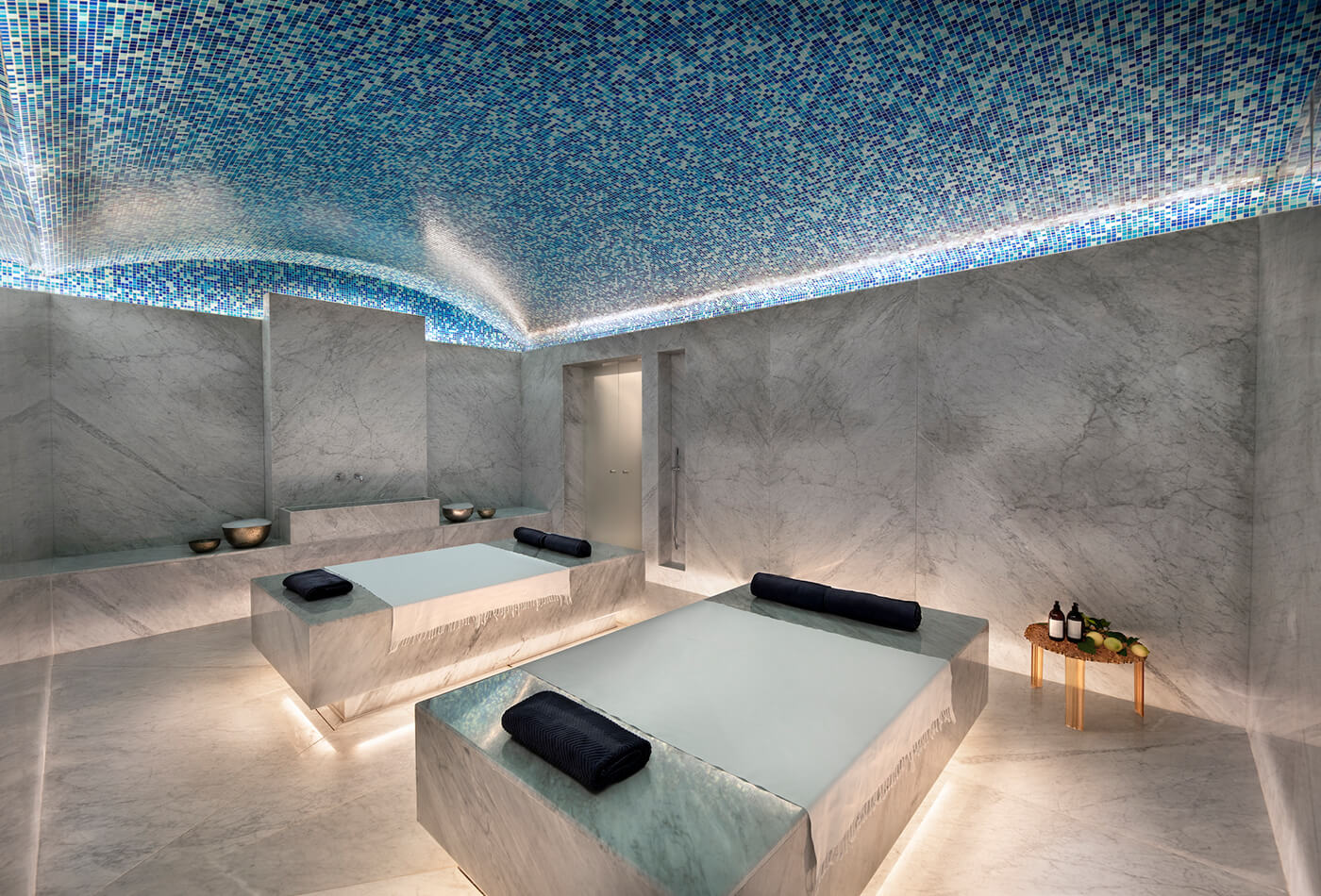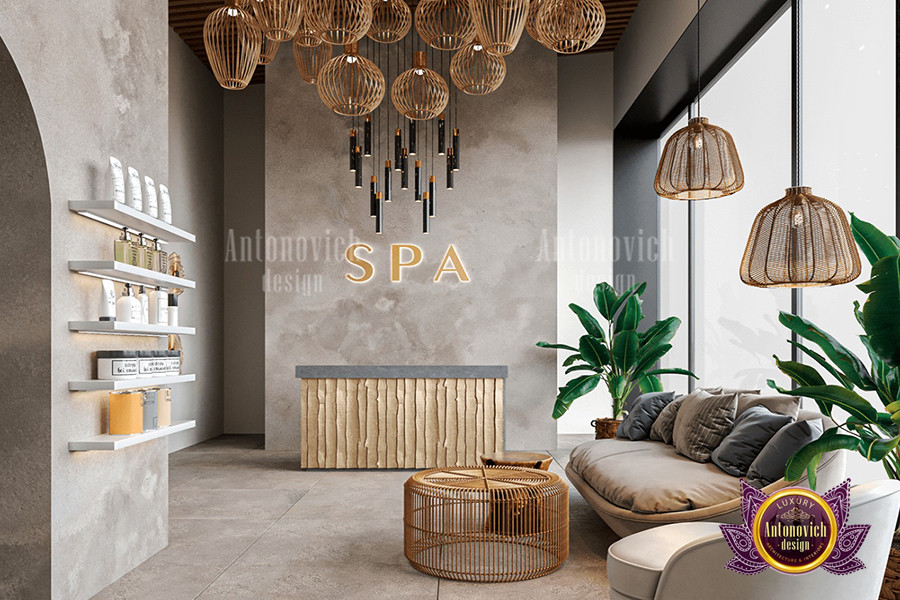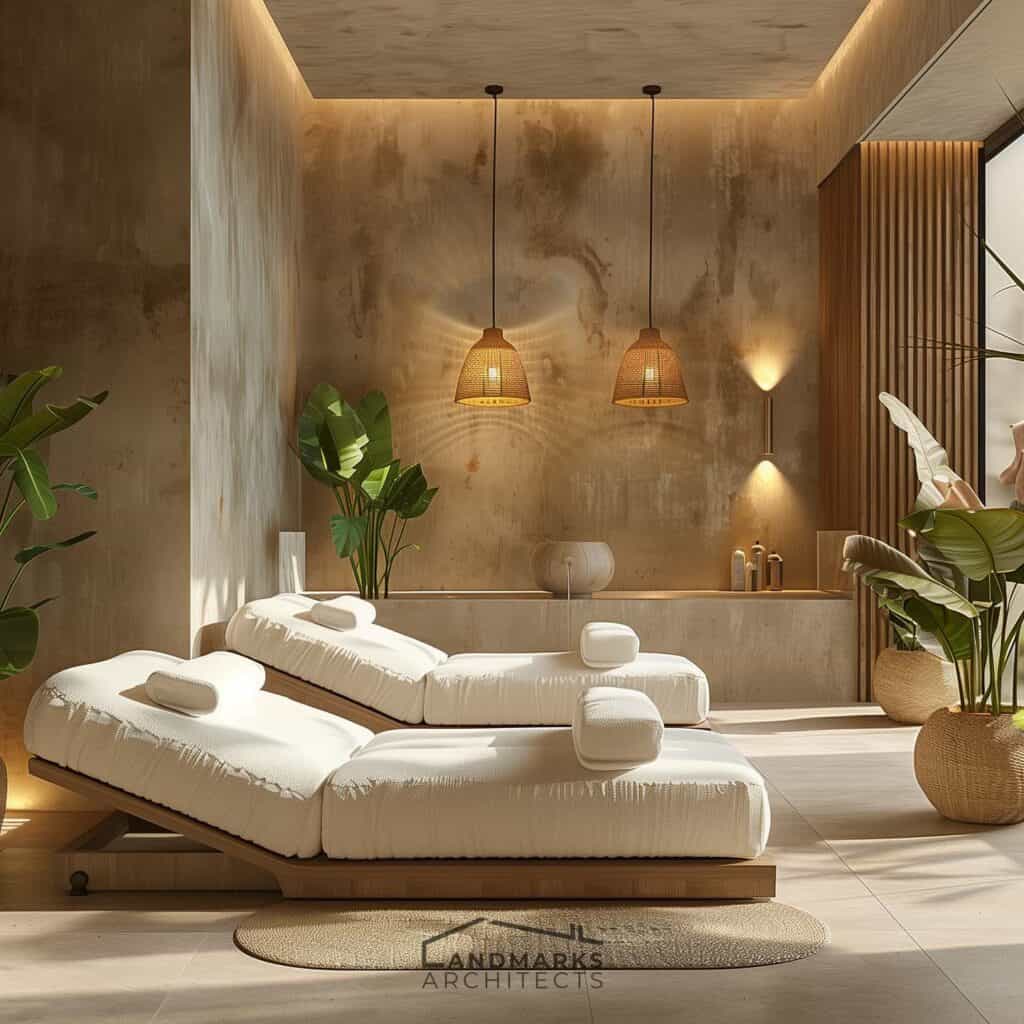The concept of a spa has evolved over the years from basic treatment rooms in suburban homes to lavish wellness retreats that emphasize relaxation, rejuvenation, and holistic well-being. As someone who has personally navigated the realm of spa design, I know how critical it is to create an environment that promotes peace and tranquility. This article will delve into the nuances of modern spa interior design, offering insights, ideas, and inspiration for those looking to create their little sanctuary.
The Essence of Modern Spa Design
At its core, modern spa interior design is all about fostering an atmosphere that encourages relaxation. The use of natural materials, calming color palettes, and thoughtful layouts plays a significant role in achieving this goal.
Key Principles of Spa Design
- Natural Light: Incorporating large windows or skylights to allow natural light can elevate the ambiance.
- Organic Materials: Wood, stone, and water elements bring nature indoors, enhancing the sensory experience.
- Minimalism: Reducing clutter and focusing on simplicity creates a calming environment.
Choosing the Right Color Palette
The color choices in a spa can significantly impact the overall mood. Soft, muted colors are typically favored to evoke tranquility.
Trendy Color Schemes for Modern Spas
| Color | Effect | Best For |
|---|---|---|
| Soft Greens | Promotes calmness and relaxation. | Meditation Rooms |
| Pale Blues | Evokes serenity and peace. | Water Therapy Areas |
| Warm Neutrals | Creates a cozy and inviting atmosphere. | Reception Areas |
Lighting: Setting the Mood
Lighting is critical in modern spa design. It should be adjustable to cater to different moods and activities within the space.

Types of Lighting to Consider
- Ambient Lighting: General lighting that creates a soft glow.
- Accent Lighting: Highlights specific areas or features, like art or architectural elements.
- Task Lighting: Focused lighting for specific tasks, such as facial or massage treatments.
Furniture Selection: Comfort Meets Style
The right furniture can enhance relaxation and contribute to the overall aesthetic of the spa.
Essential Furniture Pieces for a Spa
- Massage tables
- Reclining chaise lounges
- Zen-inspired seating arrangements
- Relaxation pods

Comparative Analysis of Spa Furniture Materials
| Material | Pros | Cons |
|---|---|---|
| Wood | Durable, natural aesthetic. | Can be heavy and expensive. |
| Metal | Modern look, easy to clean. | Can feel cold and uninviting. |
| Fabric | Soft, comfortable, and cozy. | Requires more maintenance, can stain easily. |
Incorporating Nature: Biophilic Design
Biophilic design integrates natural elements into interiors, promoting health and well-being.

Ways to Bring the Outdoors Inside
- Indoor Plants: Adding greenery can enhance air quality and create a tranquil atmosphere.
- Water Features: Fountains or aquariums can act as soothing focal points.
- Natural Views: Positioning windows to frame beautiful outdoor landscapes can enhance the experience.
Creating Zones for Various Treatments
A well-designed spa will feature various zones dedicated to different treatments. This zoning helps create a flow and organized experience for clients.

Popular Zones in a Modern Spa
- Relaxation Areas
- Treatment Rooms
- Thermal Experience Areas (steam rooms, saunas)
- Fitness Zones
- Hydrotherapy Pools
Pros and Cons of Spa Zoning
| Pros | Cons |
|---|---|
| Creates a structured experience. | Requires more space and resources. |
| Enhances privacy during treatments. | Can be expensive to build and maintain. |

Art and Décor: Adding Personality
Personal touches through art and decor can elevate the spa’s atmosphere and make it feel unique.
Design Tips for Spa Art and Décor
- Choose art that reflects tranquility, such as landscapes or abstract pieces.
- Incorporate decorative elements that reflect the spa’s philosophy, like crystals or stones for healing.
- Use textiles with calming patterns and textures to add warmth and comfort.

Modern Spa Technology: Blending Innovation with Relaxation
The integration of modern technology can enhance the spa experience, offering clients innovative treatment options.
Must-Have Technologies for a Modern Spa
- Sound Therapy Systems: Systems that utilize sound frequency to promote relaxation.
- Smart Lighting: Adjusts based on time of day or treatment type.
- Hydrotherapy Equipment: Advanced baths and showers that enhance treatment efficacy.
Final Touches: Aroma and Sound
Don’t underestimate the power of scents and sounds in creating a serene spa environment.
Essential Elements of Aroma and Sound Design
- Essential Oils: Utilize calming scents like lavender and eucalyptus.
- Soothing Soundscapes: Incorporate gentle music or nature sounds to enhance relaxation.
DIY Spa Design Tips
For those looking to create a spa feel at home, several DIY tips can help achieve a tranquil environment without breaking the bank.
Easy Steps to Create a Home Spa
- Invest in high-quality towels and robes for a luxurious feel.
- Create a designated relaxation area with comfortable seating and calming decor.
- Use essential oil diffusers to fill your space with soothing scents.
Frequently Asked Questions (FAQs)
What are the best materials for spa interior design?
Natural materials like wood, stone, and bamboo are excellent choices due to their aesthetic appeal and calming presence.
How can I create a calming atmosphere in a home spa?
Focus on lighting, scents, and comfortable furnishings to create a peaceful environment. Soft music and nature sounds also help.
Is it expensive to design a modern spa?
Costs can vary widely based on location, size, and chosen materials. However, there are budget-friendly options available that can still create a serene atmosphere.
What colors are best for spa interiors?
Soft, muted colors like light blues, greens, and neutrals are ideal as they promote relaxation and tranquility.
Conclusion: Crafting Your Private Oasis
Designing a modern spa requires thoughtful consideration of various elements, from color palettes and lighting to furniture and decor. By prioritizing relaxation and tranquility in your design choices, you can create a serene escape that brings peace and rejuvenation not just to your clients but also to yourself. Remember, the journey of spa interior design is as rewarding as the destination.